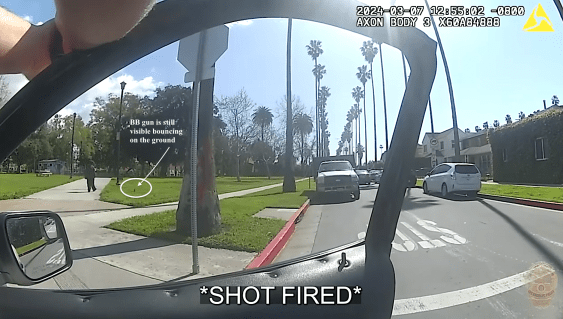Note: GJEL Accident Attorneys regularly sponsors coverage on Streetsblog San Francisco and Streetsblog California. Unless noted in the story, GJEL Accident Attorneys is not consulted for the content or editorial direction of the sponsored content.
As rankings go, this sounds good. The Bay Area cities of San Francisco-Oakland-Hayward scored the highest in the U.S. on achieving the United Nations’ Sustainable Development Goals [PDF]. These are goals that the 193 member nations of the U.N. agreed to aim to achieve by 2030.
They include seventeen distinct goals, from eliminating poverty to reducing inequality to turning back climate change to maintaining and providing clean water. All of them are crucial for creating sustainable, healthy societies.
So it's great, isn't it? The Bay Area, and other cities in California, must be well on their way to achieving many good things. California cities that ranked in the top ten nationwide among the 105 largest U.S. cities and Metropolitan Statistical Areas (MSA) as defined by the census also include the south Bay Area cities of San Jose, Sunnyvale, and Santa Clara, counted as a single MSA, and the San Diego-Carlsbad area.
But the highest score is 69.7 out of 100. In school, that would be counted as "just barely passing" or, depending on the teacher, an out-and-out "fail."
Worse, the average score of cities nationwide is 48.9. According to the report, "none of the United States’ largest metro areas have overall 'good performance.' The best performing cities are sixty to seventy percent of the way to achievement, and the worst performing cities are only thirty to forty percent of the way there."
Among those cities with low scores are Bakersfield and Fresno.
"The next ten years are crucial for cities," says the report. "Indeed, as so much of the population lives in metro areas in the U.S., progress in cities will be essential for the U.S. as a nation to achieve the SDGs."
The report is a way for the U.N. to track progress, using 57 different measures, some of which they have scant data for. It is an effort "to foster dialogue" about obstacles to achieving the goals, and to provide context and support for communities working on these issues. It also serves as a benchmark against which to measure future progress on sustainable development nationwide.
It's clear there is a lot yet to do.
One of the fundamental principles behind the Sustainable Development Goals is that all segments of society should be included and counted. To that end, it incorporates what it calls "Leave No One Behind" indicators, folded into some of the goals. These include things like childhood poverty, food insecurity, food access, school poverty disparity, the gender wage gap, the low-income energy gap, racial segregation, and women and racial representation in government.
The top-ranking California cities do not rank high on those scores.
For example, people of color are under-represented by an average of sixteen percentage points, and in the worst performing cities by more than forty. Those low-scoring cities include Oxnard-Thousand Oaks-Ventura and Riverside-San Bernardino-Ontario.
The report is full of caveats about data gaps, and does not spell out exactly how each city scored, other than a generic color--red for bad, green for good--on each goal.
Right off the bat, there are going to be questions. For example, the Bay Area cities got a green rating for the goal of No Poverty. That's hard to square with the reality on the ground. How can there be no poverty when high rents are pushing people out of their homes? How can any report give a good score on this when there are hundreds of homeless people living in tents and sleeping on sidewalks?
One of the goals is "Sustainable Cities and Communities," which incorporates a number of indicators such as Sustainable Transit, Rent Burden, PM 2.5 (emissions) and Overcrowded Housing. Only two metro areas are moving towards the 2030 target on Sustainable Transit, which measures how many commuters use bike, rail, walking, or carpools to get to work. Surprise! Those are the Bay Area and New York-Newark-Jersey City.
"In 103 metro areas," says the report, "less than one-third of commuters get to work sustainably, a huge area for development across the U.S."
Interestingly, the researchers found that an area's score on "Good Health and Well-being" was a decent predictor of its overall score.
The Sustainable Development Goals are:
- no poverty
- zero hunger
- good health and well-being
- quality education
- gender equality
- clean water and sanitation
- affordable and clean energy
- decent work and economic growth
- industry, innovation and infrastructure
- reduced inequalities
- sustainable cities and communities
- responsible consumption and production
- climate action
- life below water*
- life on land
- peace, justice and strong institutions
- partnerships for the goals*
*These were left out of the 2019 report because they were too difficult to measure.
Explore the report here.





